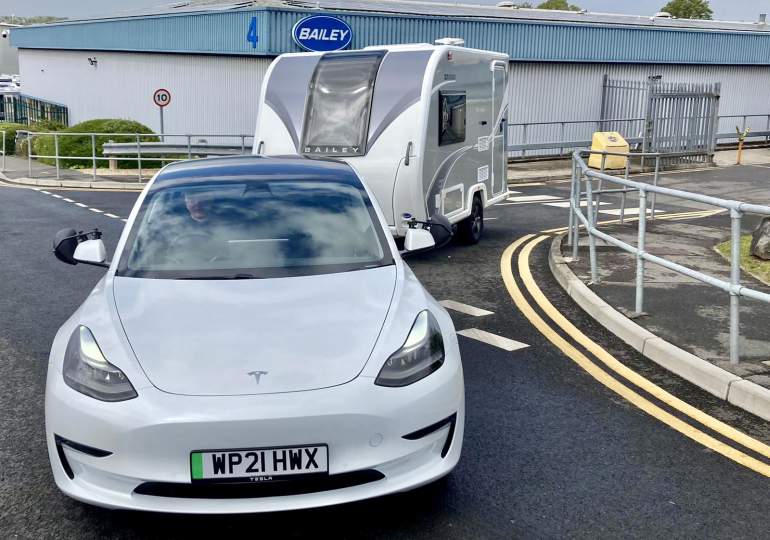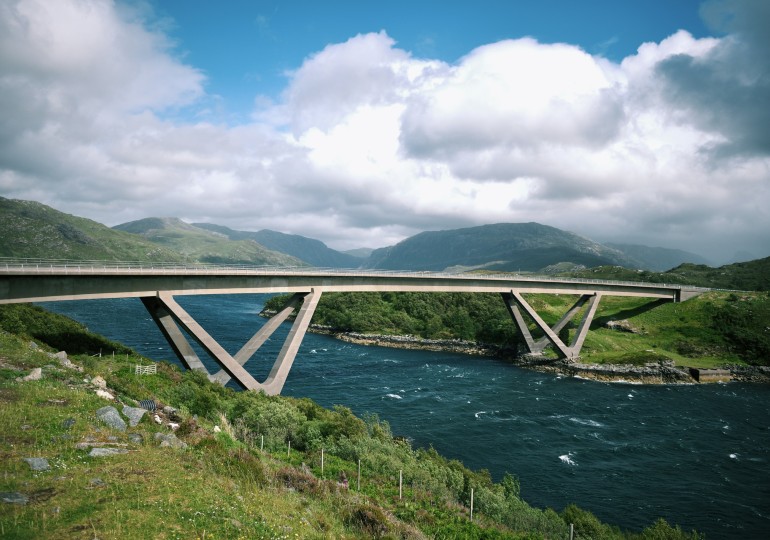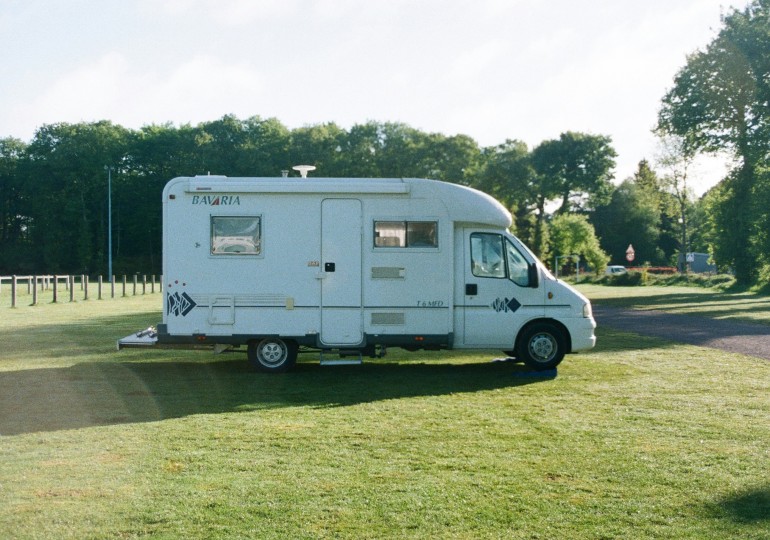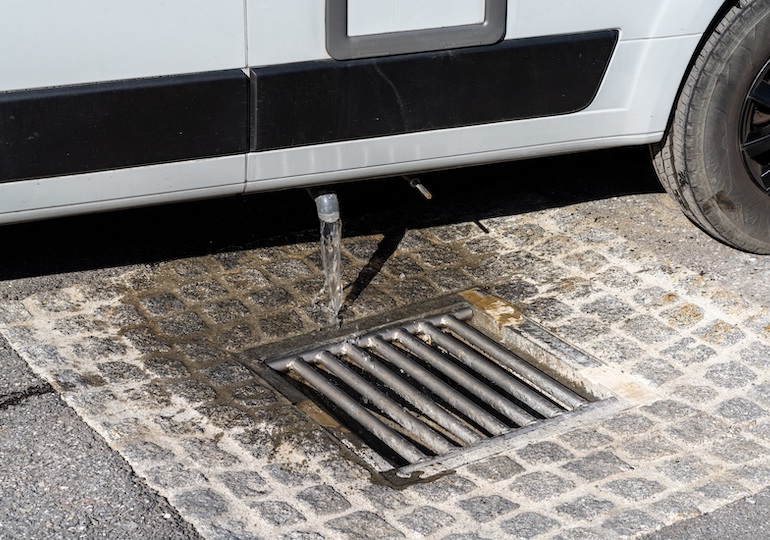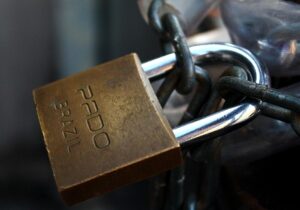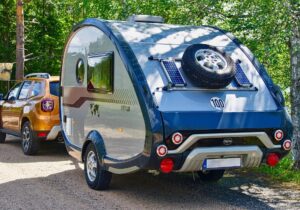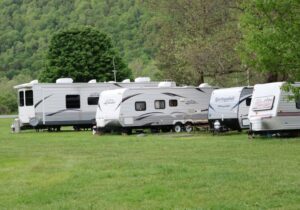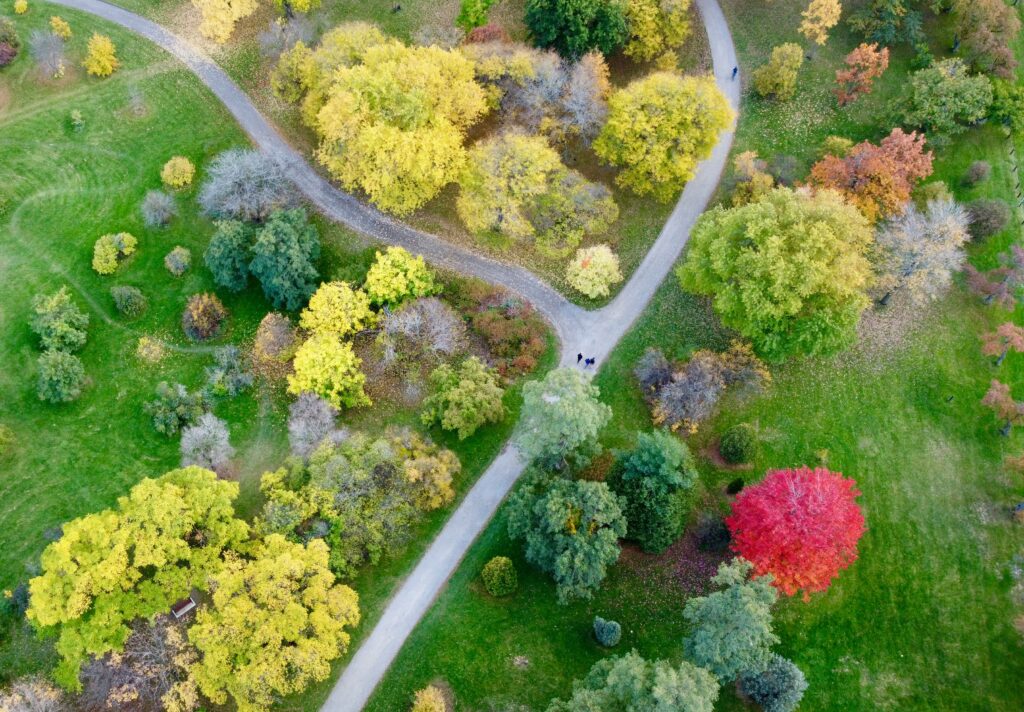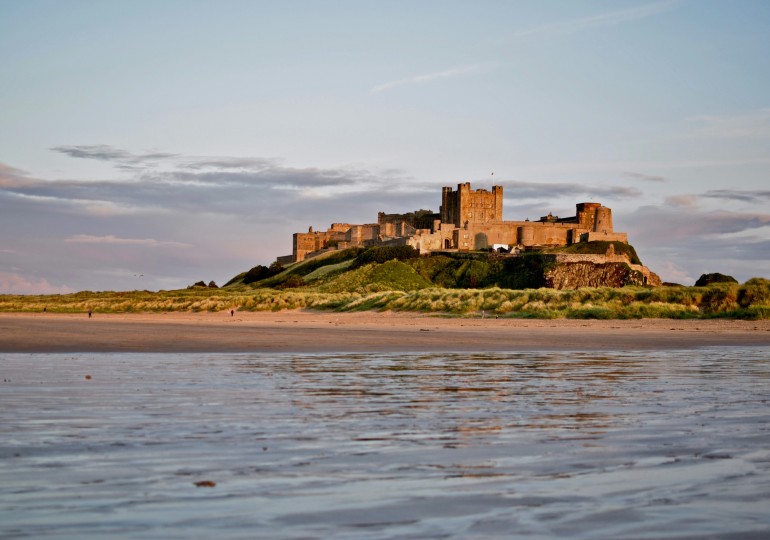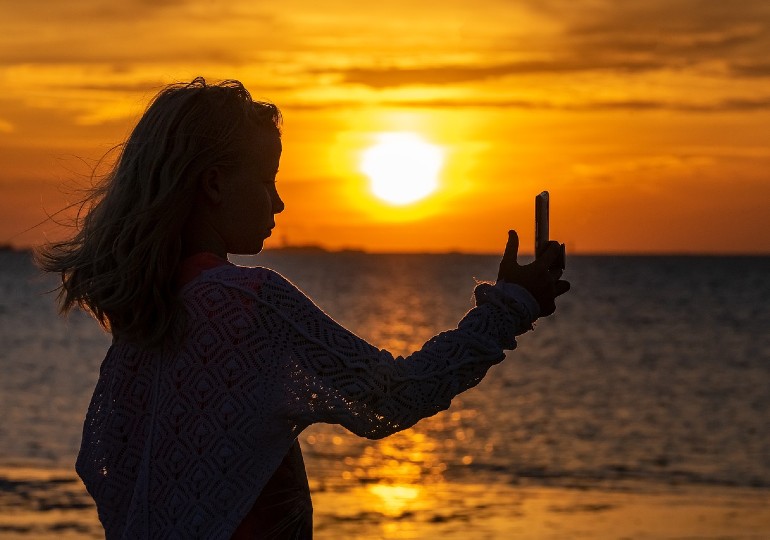With the government’s deadline of 2030 for a ban on the sale of new petrol and diesel cars edging closer, there’s one question on every caravanners’ mind – can you tow a caravan with an electric vehicle (EV)?
Lee Davey, a caravan writer who goes by TinTent on social media, set out to find the answer, because as he put it: “Until we actually try it, we never really know.”
He took a Tesla Model 3 Long Range AWD and a Bailey Discovery D4-2 on a 99-mile overnight trip to put the technology to the test. His biggest fear was range anxiety, not knowing whether he’d make it back to the Bailey dealership on electricity alone or on the back of a tow truck.
A combo suitable for the average family
The Model 3 was an appropriate EV to test, because it’s a relatively affordable option compared to the electric offerings from the likes of Mercedes and Jaguar. Pairing it with the Discovery D4-2, which is the smallest caravan in the range at 990 kilos, represents an accessible combo for many families.
Lee’s experience with non-diesel or petrol cars had gone as far as driving a Nissan Leaf in the past, which he found had an incredibly limited range. This left him lacking in confidence that he could get the Tesla and the caravan all the way to his pre-booked site and back with adequate charging.
So many unknowns
He said: “The start of this trip was incredibly daunting; there were so many unknowns.”
Picking up the Model 3, Lee noted it was fully charged and displayed a range of 376 miles. How towing the caravan would impact this, he did not know, despite numerous calculations taking everything from additional weight to aerodynamic drag into consideration.
After setting off, it wasn’t long before range anxiety set in. Just six miles down the road with the caravan attached and the predicted mileage on the display had already dropped by 100 miles. Lee had 55 miles to go to get the vehicles to his home, where he could top up the charge, before heading to the site the next day.
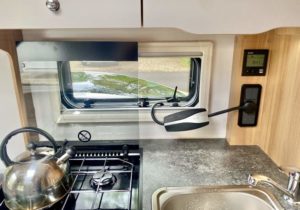
Limited charging infrastructure
He made it to his house and was surprised to have 60 per cent of the charge remaining. The next challenge was to top the Tesla back up to capacity ahead of the rest of the journey the following day. The EV charging network remains underdeveloped, so Lee used a three-pin domestic socket to replenish the charge in the vehicle, taking 15 hours and 40 minutes.
“You can charge the Tesla for 15 minutes and get 100 miles of range not towing, but once you attach the caravan you’re talking much longer timescales,” he said.
Fully recharged, Lee reached the site 44 miles away from home with electricity to spare, but it would be the 99-mile direct return journey that would really put the range to the test. Without a quick charging point to stop at, he could find himself unable to reach the Bailey HQ in Bristol.
Lee spoke to staff at the Caravan and Motorhome Club (CAMC) before embarking on his test trip and found they were very helpful and had plans in place to start accommodating EVs. He found the three-pin charging point inside the car and passed it through the caravan window to recharge on site.
“It’s reassuring that they’ve thought about it,” he said of the CAMC, and other caravan site operators will need to give EV charging consideration moving forward as the shift to EVs takes hold and towing with this technology becomes more commonplace.
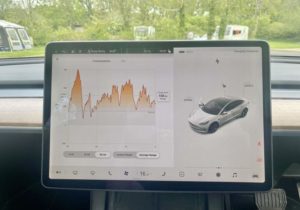
The real test
The return journey to Bristol saw the predicted range of the Tesla drop considerably as Lee climbed the Mendip Hills with the Discovery D4-2 following behind, but regenerative braking helped to recharge the battery.
Anticipating a photo finish with minimal electricity left to power the vehicle, Lee’s arrival at the Bailey HQ was something of an anti-climax. The display read 54 miles of range was still available, categorically confirming that the 99-mile journey towing a caravan was comfortable for the Model 3.
Lee said: “The purpose of the trip was to see where we are now in terms of the technology. In just a few years it is now just about possible to tow a caravan using an EV for a weekend trip.”
We’re still nine years away from the ban, so there’s time for things to develop further, but at the moment it’s about balancing how much range you need and how much time you have to charge the EV.
Lee pointed out: “The charging infrastructure will have to improve as 2030 draws closer.”
This is true, but for now at least, we have a real-life example of what can be achieved with a Model 3, a Discovery D4-2, a domestic three-pin socket and enough time. A 99-mile trip represents a decent weekend away for a family and one the EV can cope with.

